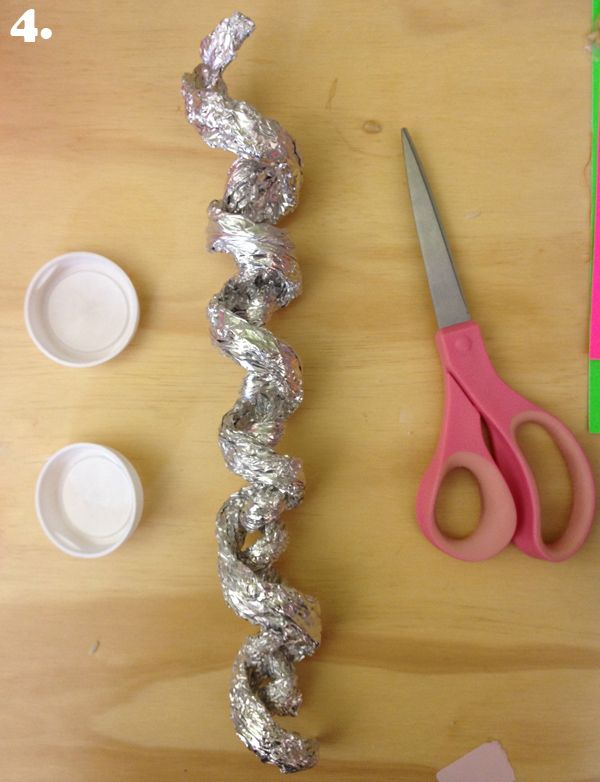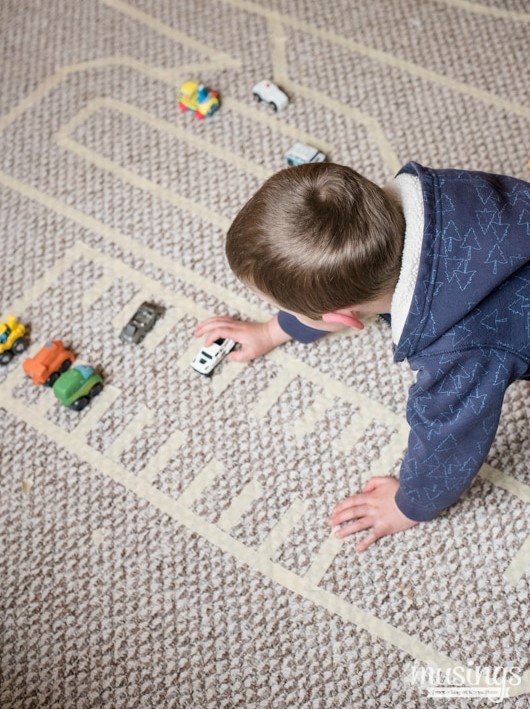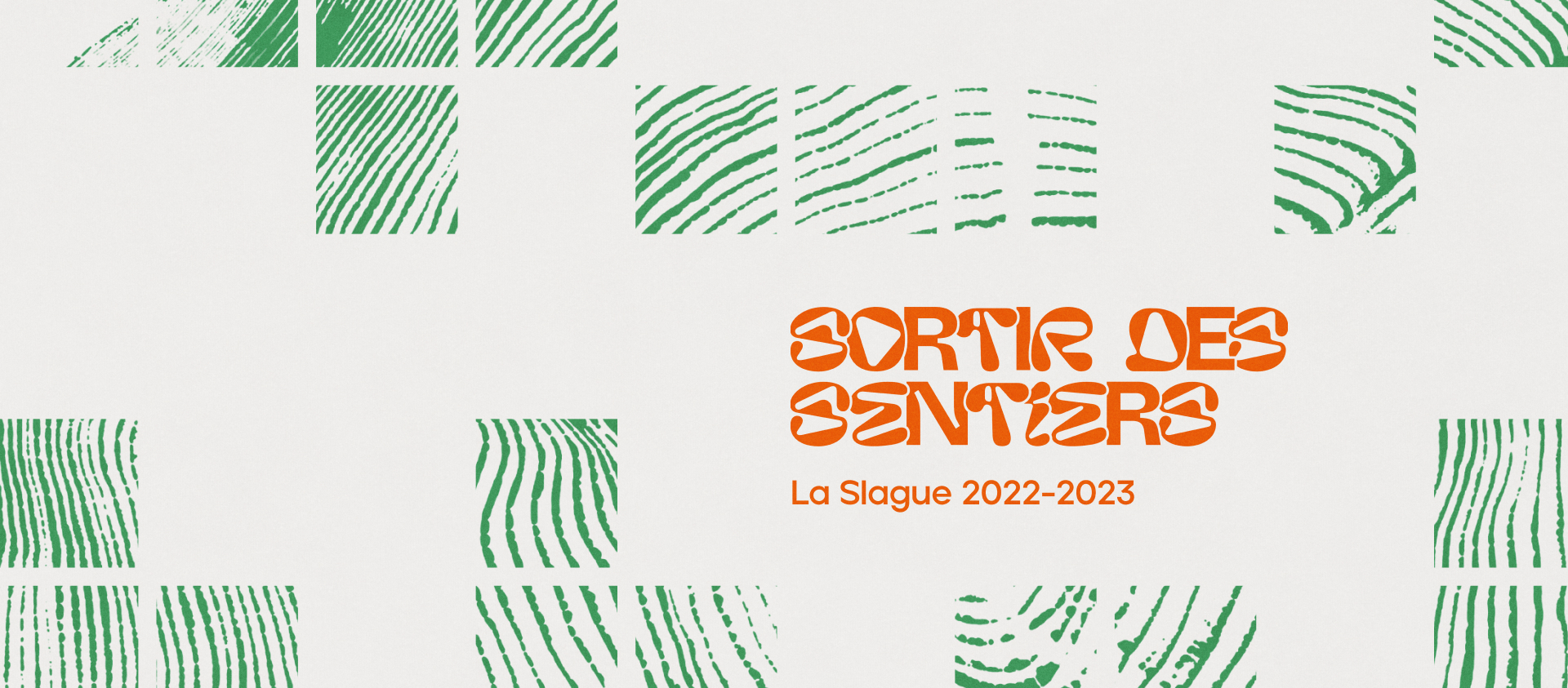Today, we suggest that you make a rain stick using recycled products!
We all love artistic and tactile experiences which also work on our fine motor skills. This entertaining activity will allow you to add another sound to family musical improvisations and will be a great addition to the music corner! It’s also an opportunity to recycle wrapping paper. Even the scraps of wrapping paper serve very well when its time to decorate!

Step 1 : Preparation
Here’s what you’ll need to make your rain sticks:
- Long cardboard rolls (for example : from gift wrap or paper towels);
- Small sticks (like tooth picks), or pipe cleaners or aluminum foil;
- Wax paper;
- Rice or dry beans;
- decorative tape or painter’s tape;
- Other decoration materials (markers, paint, glitter, etc.).
Remember to protect your table top with newspaper or an old tablecloth you don’t need.

Step 2 : Making the inside of your rain stick
Take the cardboard roll. You have the option of piercing it with toothpicks, or inserting some pipe cleaners in the form of a spiral or to form a spiral with foil and insert one of these into the roll. These will help slow the path of rice or dry beans, to create the sound of rain.
Then close one of the openings of the cardboard roll with a piece of wax paper that has been cut into a circle. Secure it with tape. Turn the cardboard roll over and pour the rice or legumes into the rain stick using a funnel. Then close the other end of the rain stick with another piece of waxed paper that has been cut into a circle, just like the other end.
Test the sound of your rain stick, and modify the toothpicks / pipe cleaners or the amount of rice / legumes until you really like the sound.

Step 3 : Decorate …and play!
Here we go! Be original! Cover your entire stick with wrapping paper, or paint your rain sticks with paint, write your name with a marker … You decide! You can even choose to decorate it with glitter or other DIY materials that you have at home.
It’s time to play your instrument. Be careful, don’t shake it hard! Just flip it over vertically and let it flow until the noise stops. Then reverse it again. The rain stick should produce a sound like a waterfall, and is can be very relaxing.
If you make several sticks, you can really imitate a downpour or storm as a family by using them all at the same time!
Diary
We invite you to document today’s activity in your journal. For example, draw the whole family imitating a storm with your rain sticks. Or you could make a collage in your logbook with some of the materials like rice, the dried beans pipe cleaners or tooth picks. The possibilities are endless!
If your child is documenting alone, you are invited to ask him or her questions to feed and improve the journal entry. Here are some questions you can ask:
- What made you choose these colors to decorate your stick?
- Do you think your stick reproduces the sound of rain well?
- Do you think it can really summon the rain?
Did you know…
- …Rain sticks were invented and played according to the belief that they could summon thunderstorms? It is believed that the first rain sticks were invented by the Mapuches,
but they were also found on the Chilean coasts, but we can say for sure that they were created by the Incas.
- … Rain sticks were originally made from several species of cactus? These cacti, which are already hollow in the center, are simply dried in the sun. The thorns are then removed, and driven into the cactus like nails. Pebbles or other small objects are placed inside the rain stick and the ends are sealed. Voilà!
- … that the rain dance is a ceremonial dance performed to call for rain and ensure the protection of crops. Many versions of the rain dance exist in many cultures, from ancient Egypt to the rituals of the first peoples of America.
Furthermore, you can create all kinds of elaborate instruments made from recycled materials and which are usually found at home.
To view nice examples of homemade instruments click here.
If you are super motivated and have a lot of time, why not try building a percussion wall? Here are a few examples.
Activity by M. Coco






